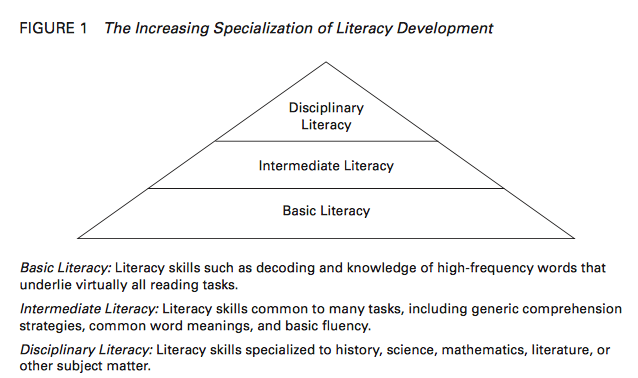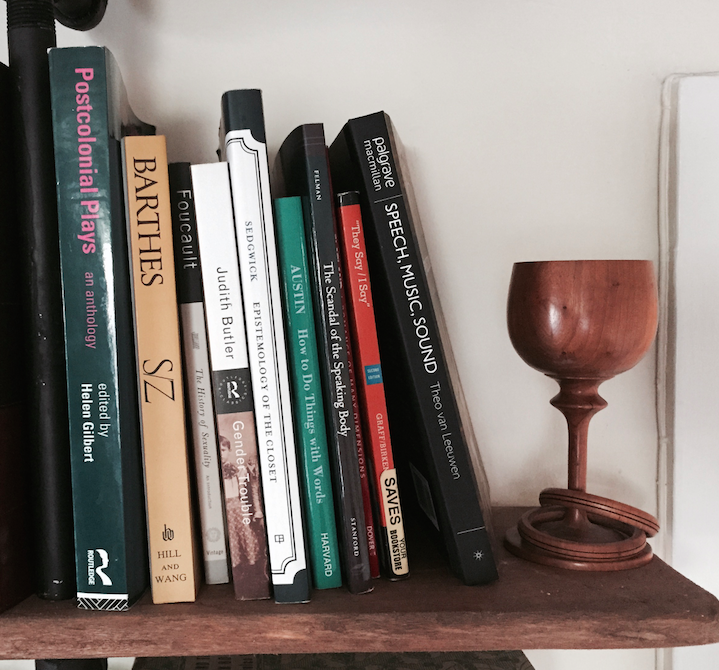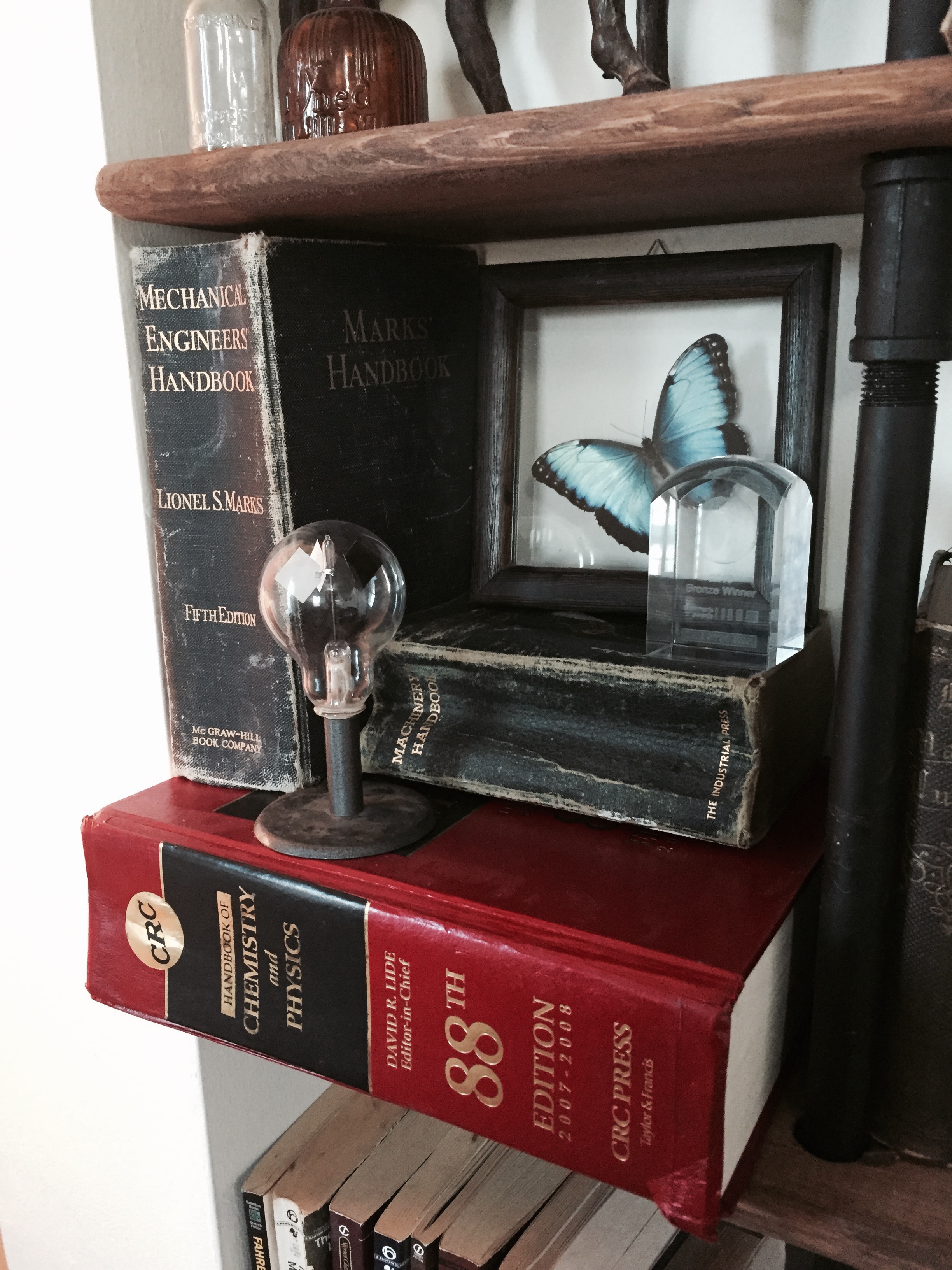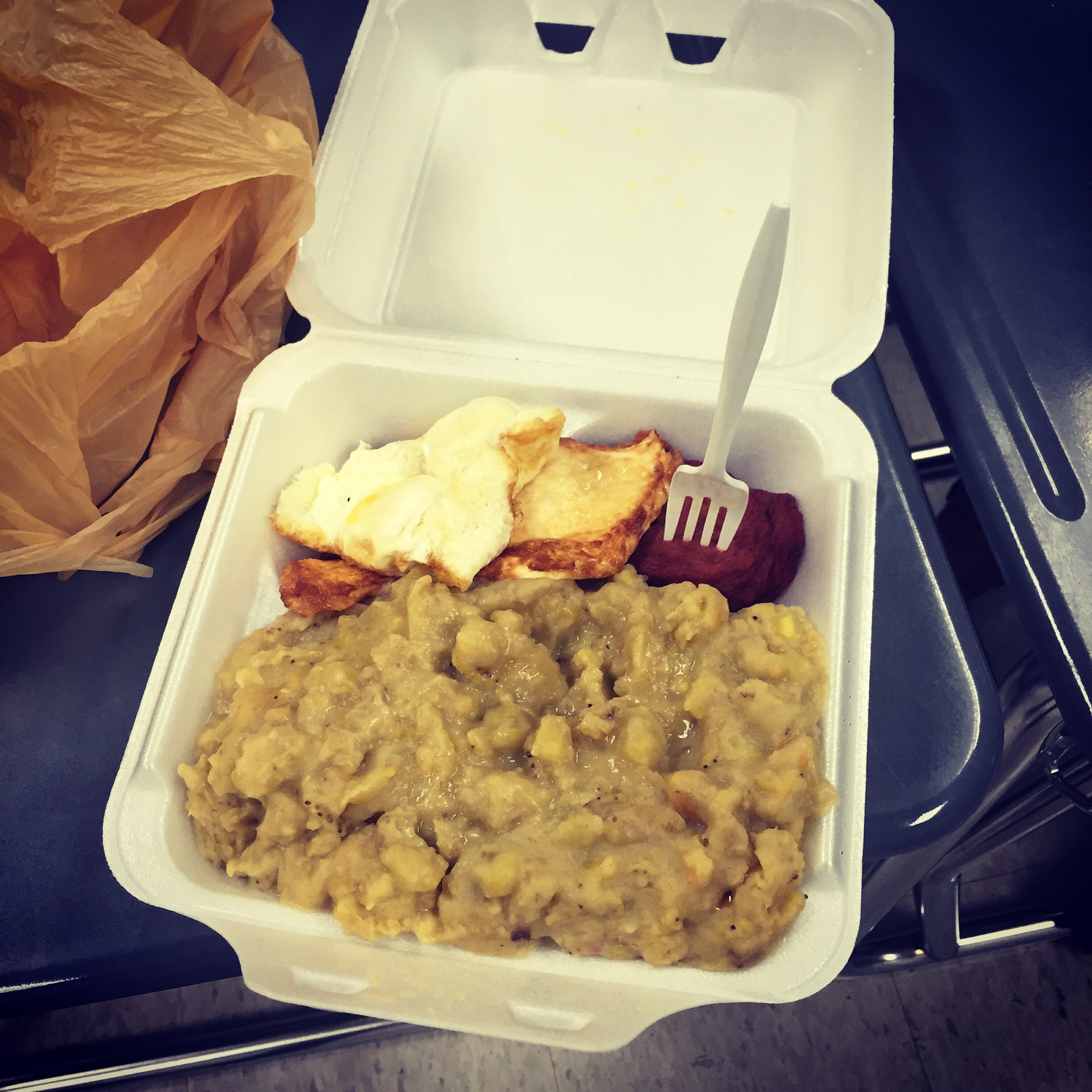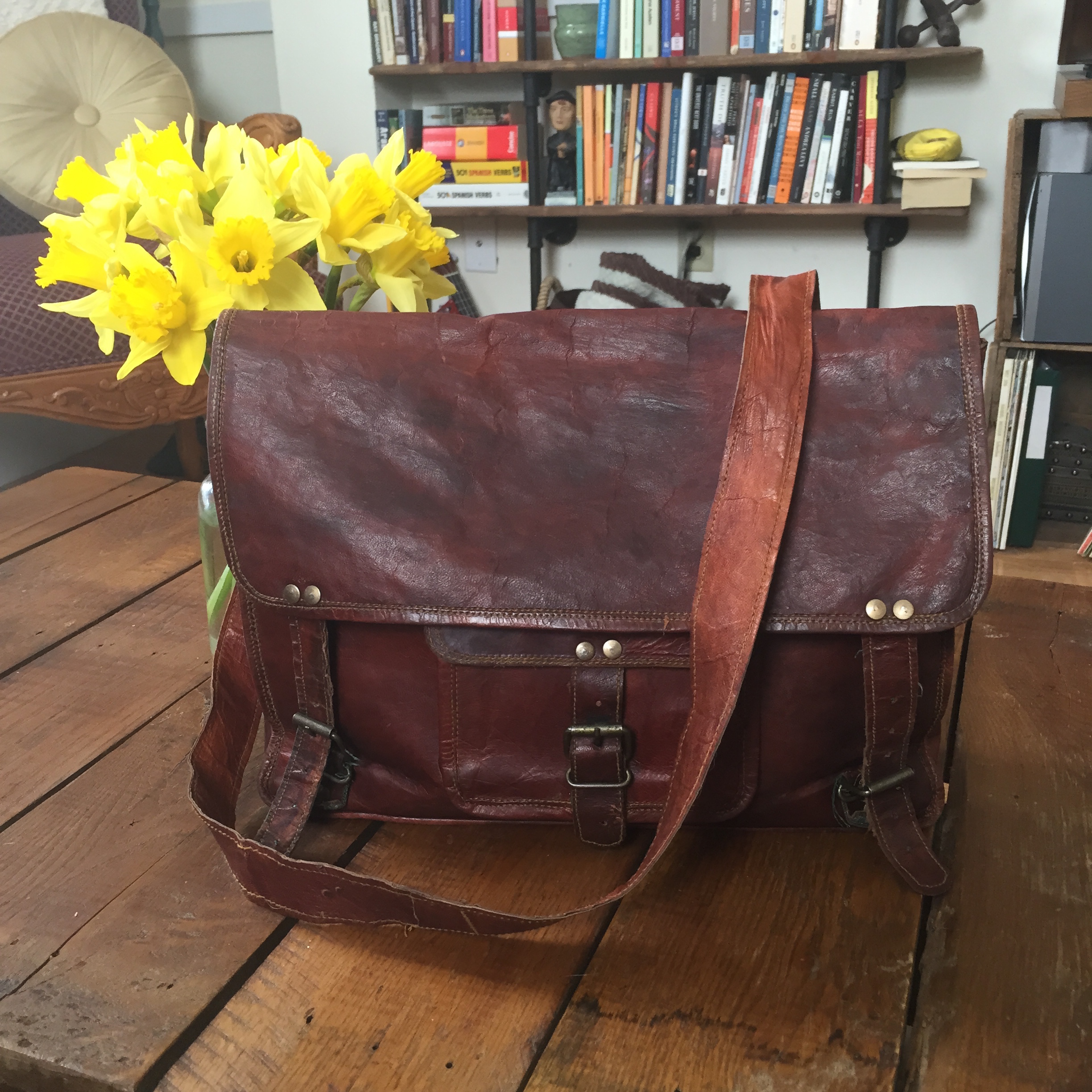 As part of my RETELL training (see more about this here), we have been discussing different ideas and techniques for making academic content more accessible for English language learners (ELLs). Recently, in response to an assignment, my friend and colleague, Megan from Breaking Grad(School), called attention to the idea of using cognates to help students connect new vocabulary words in English to familiar words in their native languages, which I think is a beautifully simple and genius idea. Whenever a pedagogical strategy honors and relies on students' prior knowledge, I'm always predispositioned to like it. So I decided to do some resource hunting on the topic and, as always, I learned a few things!
As part of my RETELL training (see more about this here), we have been discussing different ideas and techniques for making academic content more accessible for English language learners (ELLs). Recently, in response to an assignment, my friend and colleague, Megan from Breaking Grad(School), called attention to the idea of using cognates to help students connect new vocabulary words in English to familiar words in their native languages, which I think is a beautifully simple and genius idea. Whenever a pedagogical strategy honors and relies on students' prior knowledge, I'm always predispositioned to like it. So I decided to do some resource hunting on the topic and, as always, I learned a few things!
Just so we're all on the same page, I'll define cognates as words from two different languages that are derived from a common linguistic root or ancestor, causing them to share similar meanings, spellings, and/or pronunciations. Cognates almost always have the same meanings as one another, although not every time; however, they appear to be extremely similar on paper. The idea here is that, if we can teach ELLs to identify cognates or if we can give them lists of cognates in their primary language, they will more quickly and easily be able to acquire the corresponding cognates in English. For example, when teaching a Spanish-speaking ELL the word "abbreviation," a quick and easy shortcut is to point them to the Spanish cognate of that word, "abreviación," which has the same meaning.
Obviously this strategy is more helpful in some languages than in others. English shares very few cognates with languages like Chinese or Arabic. However, according to research by Colorin Colorado, 30-40% of all words in English have a Spanish cognate. That works out to around 10,000-15,000 English words that a Spanish-speaking ELL most likely has easy access to. This handy Massachusetts Association of Teachers of Speakers of Other Languages (MATSOL) factsheet tells us that over 50% of ELLs in Massachusetts speak Spanish. So, when working with Spanish-speaking ELL students, which, statistically speaking, will be more often than not, the use of cognates to build vocabulary is a useful tool.
Like I mentioned earlier, I love this strategy because it takes advantage of knowledge that students already have in a language that is comfortable for them. It can also be a tool to boost ELL student confidence in an environment where they feel disadvantaged when compared to their English-speaking peers. In a webcast interview, researcher Diane August points out that the many Spanish-English cognate pairs are actually made up of what is a very commonly-known, basic word in Spanish and a fairly high-level, Tier 2 or 3 word in English. This means that a simple, commonly-used word in Spanish might actually have an SAT-level cognate in English, giving Spanish-speaking ELLs an advantage in vocabulary acquisition.
A small catch to this idea is the existence of false cognates, which are words that are spelled and pronounced very similarly to one another, but do not actually share a common meaning. An example of this would be the words "actually" and "actualmente." Relying on the cognate trick, an ELL student might assume these two words share a meaning; however, in Spanish, "actualmente" means "currently" and "actually" best translates into "en realidad." When using cognates to teach ELLs new vocabulary, it's a good idea to make sure they are aware of the possibility of false cognates so they aren't caught off-guard when they meet one. Fortunately, statistics from cognates.org show that only around 5% of cognates in the English language are false; so ELLs will benefit more often than not from assuming a familiar word is a cognate.
Another slightly larger catch to this idea is that the teacher of the class has to actually know which cognate to point to to help build vocabulary. Since my foreign language knowledge is definitely insufficient to meet the diverse needs of Massachusetts ELL students, I found a few great websites that identify some common and helpful cognates in a variety of languages.
- For Spanish
- For Spanish, Portugese, Italian, or French
- For Spanish, Portugese, Italian, French, or Romanian
- Common false cognates in Spanish
Ultimately, as with most things, the usefulness of this strategy can only be determined on a case-by-case basis; however, it's definitely an idea I'll keep in my toolbox just in case.

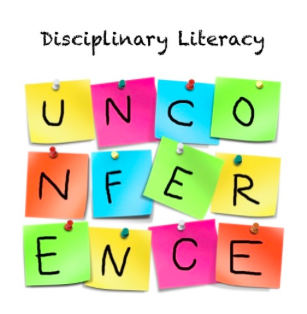 illustrious
illustrious 